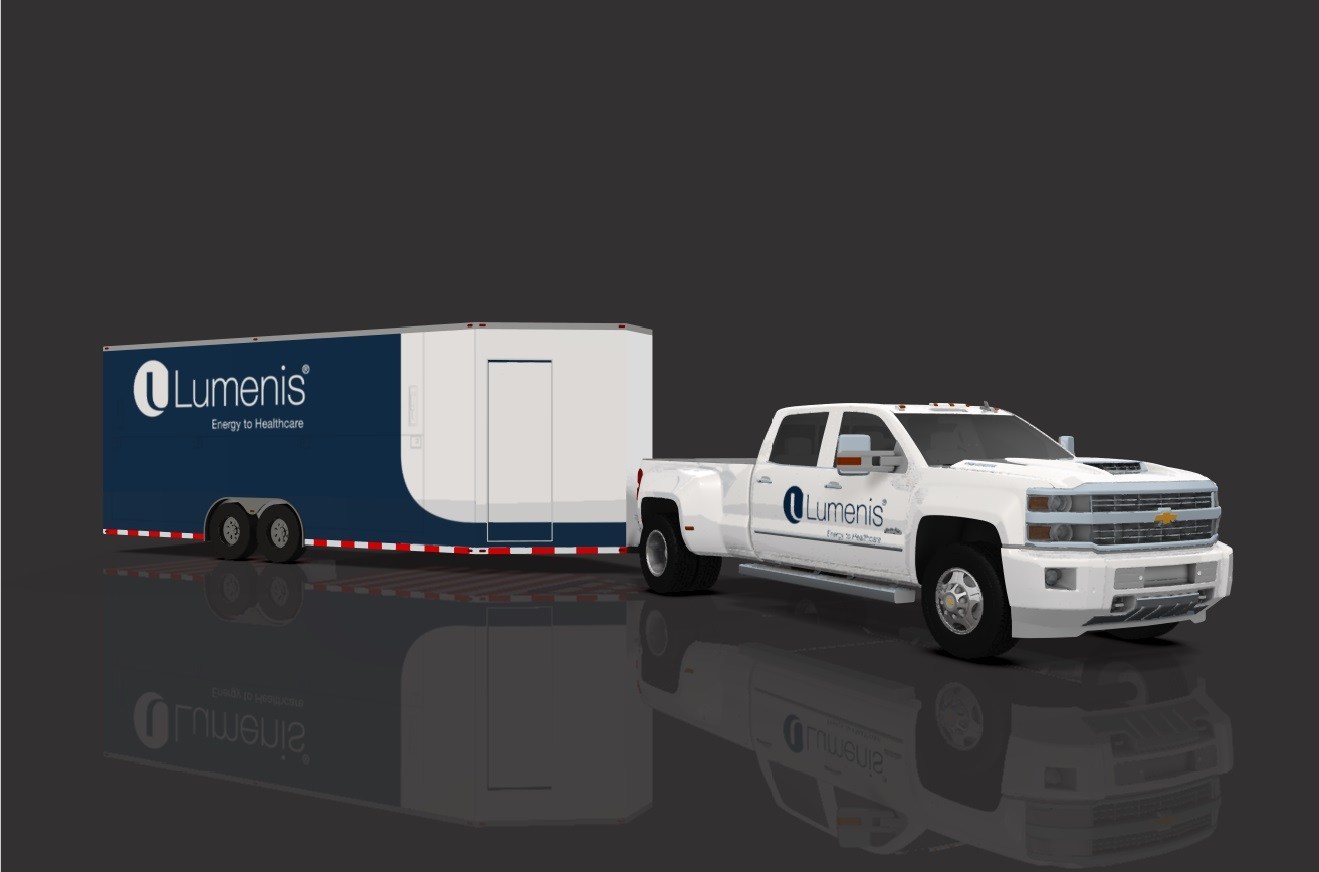Understanding the Noises of Daily Life in Decibels

We can measure all noise in decibels, from music to someone talking to the sound of an airplane. Learning the different decibel levels helps us understand the world around us and gives us insight into how we can navigate those sounds. Keep reading to understand the noises of daily life in decibels.
0–10 Decibels
If a noise measures 0 decibels (dB), then it’s the lowest sound anything can make, and only those with excellent hearing who are close by can hear it. Quiet noises that are barely audible measure around 10 decibels, like the sound of someone breathing. Noises this quiet don’t normally bother people if they can hear them at all.
20–30 Decibels
This range includes those daily noises that you can hear but probably won’t notice. Most people describe 20 dB as the ticking of a clock or watch, a quiet noise that you can hear if you focus, but other sounds often absorb it. Then, 30 dBs is like leaves rustling in the wind or a human whisper. It’s a sound you can find if you focus on it, but it isn’t disruptive.
40–50 Decibels
Anything louder than 30 dBs and lower than 50 dBs is average noise. It’s the sound of an appliance humming, like a dishwasher or refrigerator, or the noise level of a normal conversation between two people. Many home oxygen machines function at this noise level, and while it doesn’t bother most people, some users want to learn how to reduce this distracting noise.
60–70 Decibels
You can imagine 60 dBs of sound as the sound of a loud appliance, such as an icemaker or window air conditioning unit. It’s louder than average noise, but many people can still ignore it, especially if the source of the noise is something they’re used to. Then, 70 dBs of noise is something you’d hear in a typical office workspace. You’d hear machines working and people talking, but it wouldn’t damage your hearing or be overly distracting once you got used to it.
Louder Than 70 Decibels
Anything louder than 70 decibels can damage human hearing. For example, landscaping equipment often registers around 75–80 decibels, which is why professional landscapers wear headphones. Car horns and trains measure about 100 dBs, which is why we can hear them from so far away. Construction equipment measures around 130 dBs, which is why so many construction workers also wear protective headphones. Then, the sounds of gunshots and fireworks are above 150 dBs.
Understanding the noises of everyday life in decibels can help you better navigate the world around you and create a comfortable environment at home. Knowing what can cause noise levels that damage your hearing is also important so that you can protect yourself and your hearing. Science can help explain so much of the world around us and keep us safe, so always try to learn something new.





